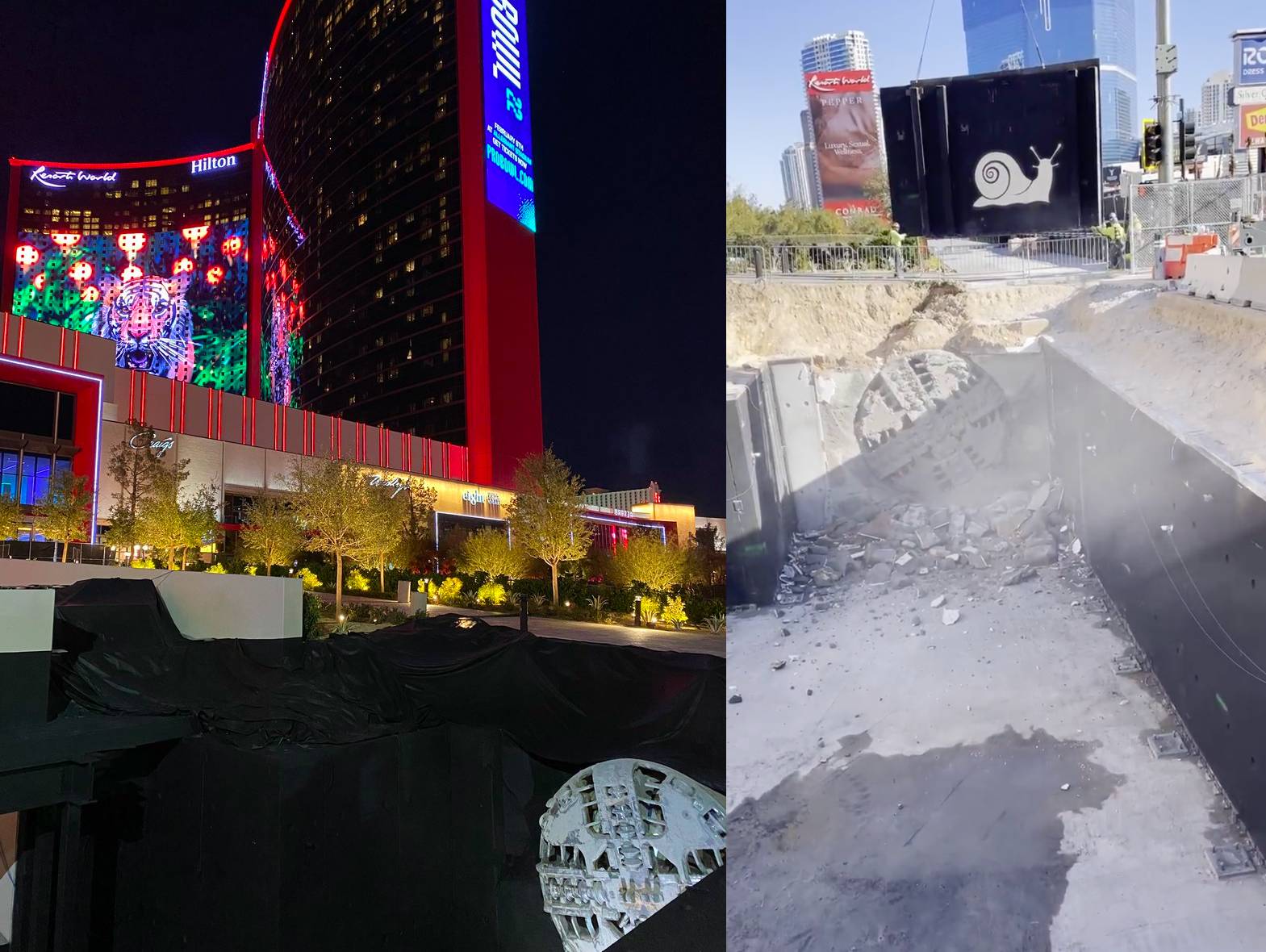I’ve been thinking about this a lot lately and I think the only viable plan is desalination on a tremendous scale.
We have more water on this planet than we could possibly use. The problem is that almost all of our H2O molecules are jumbled together with salt ions and other impurities in big pools located downhill from where we live.
The Sun’s energy has always solved this problem for us by generating evaporation, wind, clouds, rain and rivers. This has always been frustratingly inconsistent, unpredictable and unevenly distributed across Earth’s landmass. With climate change, desertification, deforestation, erosion and biodiversity loss these issues are getting significantly worse every year, and our food supply is currently dependent on unsustainable water draw rates. That’s very bad news.
Some very good news is that we can actively use the same solar energy to bypass the natural hydrological cycle to synthesize as much freshwater as we want and pump it to wherever we want and even put it in solid or gaseous form if we want. In principle, it’s physically possible to artificially refill all our lakes, rivers and streams with clean, 100% reliable water supply. With electricity we can remove the salt and other impurities and then pump the water uphill. The process is already pretty well established, with over 21,000 desalination plants in operation worldwide today, mostly concentrated in the Middle East where they have nearby saltwater, cheap oil and gas, and severe freshwater scarcity.
The problem with desalination and water transportation has always been the cost and environmental impact of the energy and pipeline requirements. A breakthrough in cheap sustainable energy and underground pipeline construction costs is needed. How else will we irrigate the Midwest when we’ve finishing sucking the Ogallala Aquifer dry? How else will East Africa survive when Lake Victoria is nothing more than a memory?
Solar energy is soon going to be cheaper per Joule, by an order of magnitude, than hydrocarbon fuels ever have been anywhere in the world. So the energy portion is already likely to be solved in a timely manner.
Underground aqueducts already exist. Mexico City, for instance, relies heavily on their pipeline infrastructure and they recently completed a 39-mile wastewater removal tunnel. Sadly, these subterranean aqueduct projects take years to complete, cost around $1 billion per mile and have insufficient flow rates to really make a dent in the overall global water crisis.
Can we fix that part? Suppose that Boring Company hits their technical goals for Prufrock and then follows that up with a MegaPrufrock variant with a 4-meter radius. It might cost 5x more per mile than regular Prufrock for a cost of about $25M per mile fully outfitted with pumps. With a 50 m^2 cross sectional area and a 20 m/s flow rate (we don’t care much about pump energy consumption in this future) it could transport 1000 m^3 of water per second.
For comparison, the discharge rate of the Amazon River is 200k m^3/s. If we wanted to deliver an equivalent flow of water, we could do it with just 200 of these aqueducts at a cost of just $5B per mile. No crazy technology involved, just big pipes with big internal propellers.
Building one such aqueduct from the Gulf of Mexico to Nebraska 1000 miles away would cost $25B. Nebraska today has about 1M irrigated acres of farmland. Our pipeline can deliver 1 acre-foot of irrigation (1200 m^3) every 1.2 seconds. Corn needs about 2 acre-feet per season.
1M acres * 2 feet irrigation * 1.2 sec/acre-ft / 86400 sec/day = 28 days of aqueduct flow to grow 1M acres of corn.
Wow, that actually sounds feasible!
Lake Mead has a maximum capacity of 32 billion m^3. At our estimated 1000 m^3/s flow rate, Lake Mead could be completely filled from empty in one year with a single pipe. It’s 270 miles from the ocean. At $25M/mile the pipe would be $7B to construct.
I am fairly convinced by now that if Boring Co can actually hit their preposterous goals and Wright’s Law for solar development holds true for another decade or two, we can provide plenty of water for our own needs, directly fix our wildlife reserves and reverse desertification. Tesla would play a massive role in powering this infrastructure because they will be the leading energy company by the time any of this would happen.





